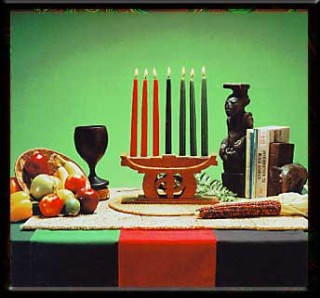Here’s my “must reads” for this Monday, November 14, 2011
Culinary: It’s a special occasion, a night on the town, and you decide to go to an upscale steak house. Before you go, watch this video to see what the restaurants don’t want you to know!
http://s.wsj.net/media/swf/VideoPlayerMain.swf
Culture: The Live of Evelyn Lauder, Breast cancer advocate and Pink Ribbon Creator.
Fashion: With the Olsen twins on the cover of an upcoming Vogue and the Fanning sisters gracing the cover of December’s W Magazine, is there a such thing as sibling rivelry? And more importantly, is it common in families or just in fashion?
Fitness: There are days when motivation seems to escape you. Check out these easy ways to get in a workout when it’s the furthest thing from your mind!

